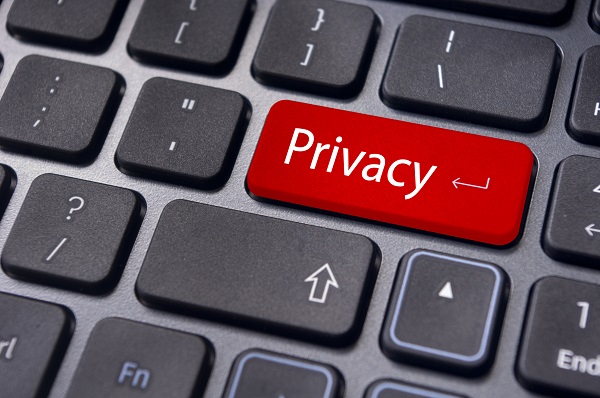Watch Alan Mackenzie’s screencast to learn how to set privacy settings for a number of social platforms and keep pupils safe online.

The world can be a scary place no matter your age, and each generation faces new challenges. Yet there is one great difference between the world I or my parents grew up in and the one children and young people find themselves in today: it’s not the only world anymore.
The online world dominates a huge part of children’s lives and is subsequently having an effect on their behaviour and experiences. When I was a teenager it was the days of MSN messenger, text speak and playing Snake. Even so, my parents clearly remember how obsessed I was with my evenings online, chatting to the people I had seen during the day at school. I remember the arguments, the printing off of long threads of snipey messages to use as ‘proof’ and the amount of time I spent styling my online personality. Things have moved on since then and Snake is considered retro, a phone without a camera is laughed at and an online personality is much more than a ‘clever’ email address or username.
The recent NSPCC report, How safe are our children?, states that reports of online abuse have increased, including:
It is an unfortunate but universal truth that whenever we make new and exciting technological advances, beside the opportunities for education and freedom, there will be people looking to exploit those advances for their own personal gain and cause harm to others.
The most common and natural instinct is to run and hide from those dangers. So often we heed the advice to block the more perilous online threats as we believe this is the best way to protect our children and ourselves from them. Indeed in some cases this is a good option – trolls or cyberbullies are no different from playground bullies and should be ignored and pitied rather than fuelled by retaliation.
Putting up firewalls to block access to unsuitable websites is again, not always bad advice, but it must be remembered that the Internet is like the monster Hydra – cut off one of its heads and several will grow back in its place. Simply blocking things we don’t want our children to see will not prevent their exposure to it indefinitely, so education about the topic and building resilience to it is a vital process to run alongside.
We must also be forward thinking with our response to online safety. Yes, the online world is equally, if not more, scary than the physical one, but that does not mean we should deny children the opportunities it brings. If they know how to access and explore it safely and have the tools to take ownership for their behaviour, then the online world can be an extremely exciting place to discover. In the physical world we learn how to be safe by learning some simple rules and behaviours:
Are you confident that your pupils know the same kinds of rules for staying safe online?
One of the simplest but effective ways of staying safe online is taking responsibility for your privacy. Pupils need to understand the ramifications of sharing images and personal information online, but a good place to start is making sure they know how to set their privacy settings on the social platforms they use.
This screencast, put together by e-safety consultant Alan Mackenzie, will take you through the steps you need to take to check and adjust privacy settings on a number of popular social platforms. In only 15 minutes you can get your head around the basics, or run the screencast with pupils so they can check their own settings.
It’s difficult to keep up with the number of new platforms pupils are engaging on, but having an awareness of what they are and how they work gives teachers the ability to engage in conversations with pupils about e-safety on the same level.
If you would like to see more screencasts from Alan, please use the comment section to suggest topics that you would like to see covered.